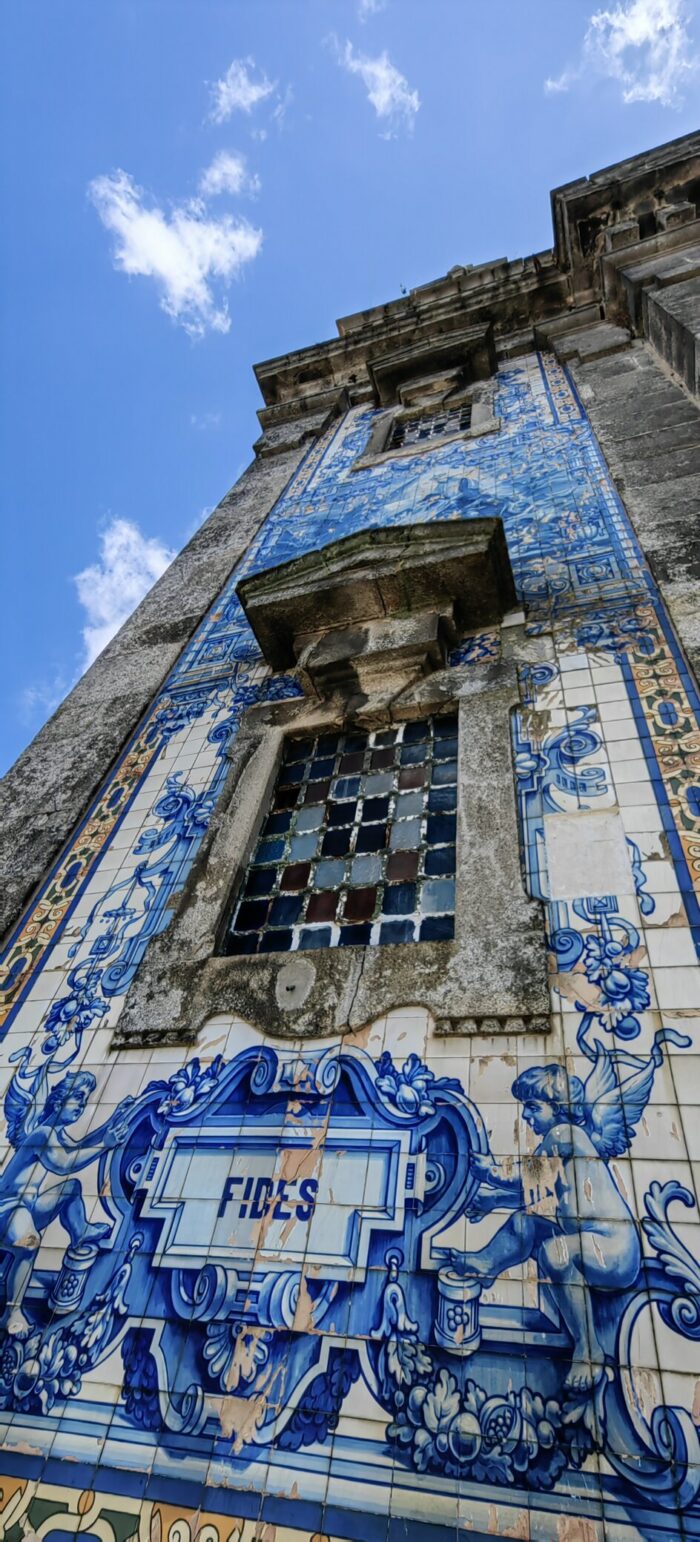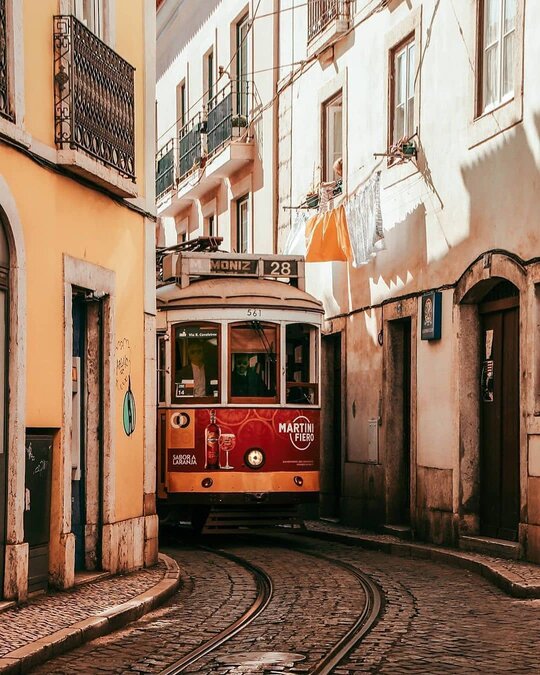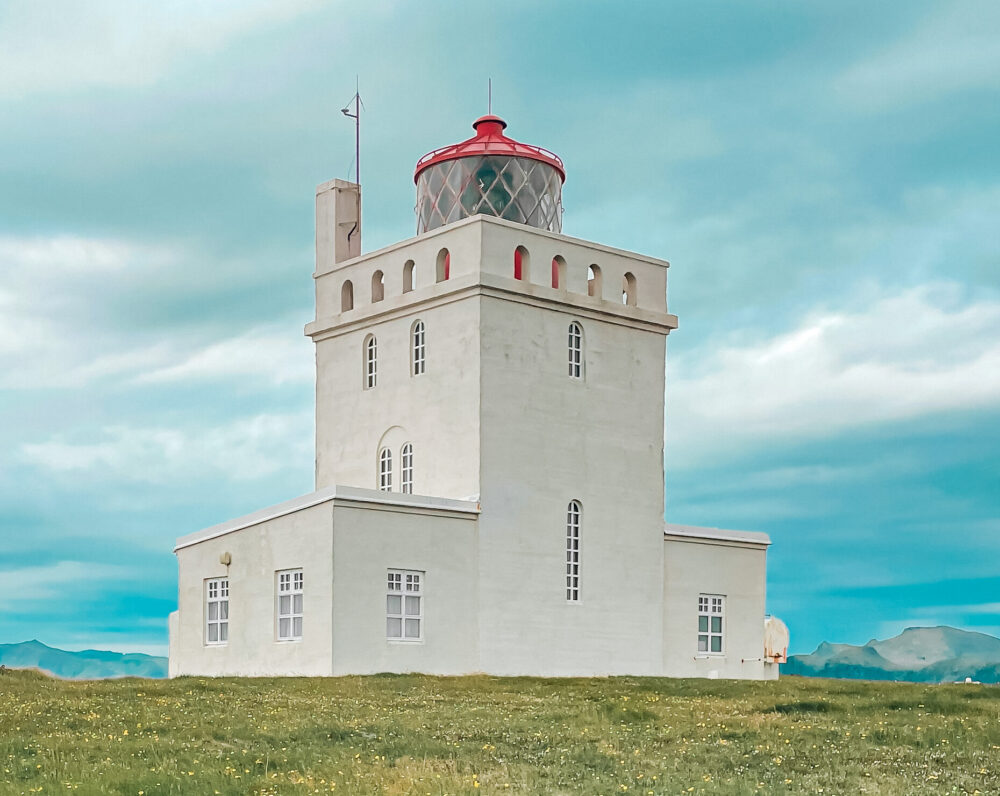When people think of Germany, most of them probably think of lederhosen, dirndl and lots of beer. The cities most people travel to are the vibrant capital Berlin in the North-East or the traditional southern city Munich, where the famous Oktoberfest takes place. But Germany has a lot more to offer. If you take the time and travel to small regions in the West you will find stunning nature, adorable tiny villages and historic castles all over. This is where I am from, so I would like to introduce you to an area of Germany that you should definitely visit.
Vulkaneifel – The Volcanic Eifel
My home district is located within the Eifel Mountains in the northwest of Rhineland-Palatinate not too far from the Luxembourg border. It is the fourth least densely populated district in Germany and is part of the Vulkaneifel UNESCO Global Geopark. You rarely find a village with the population bigger than 1.000 people, and there are some villages with as little as 30 inhabitants. The region is famous for its Maare, often referred to as “the eyes of the Eifel”—lakes that were created due to volcanic eruptions tens of thousands of years ago. There are dozens of them all over the place and they make for great hiking areas. While most of them have dried out, 10 of them are still filled with water and in some of them you are allowed to swim. Believe me—during summer after school we jumped in there every day—the good old times.
Those volcanic lakes are also of geological research importance, as there have been findings of well-preserved fossils in 43-million-year-old sediments. The volcanic caldera Laacher See is also worth a visit here as you can see gases escaping from it which proves the volcanic activity that is still happening in the Volcanic Eifel. If you are interested in the volcanic past of the area, there are also many museums in different towns.
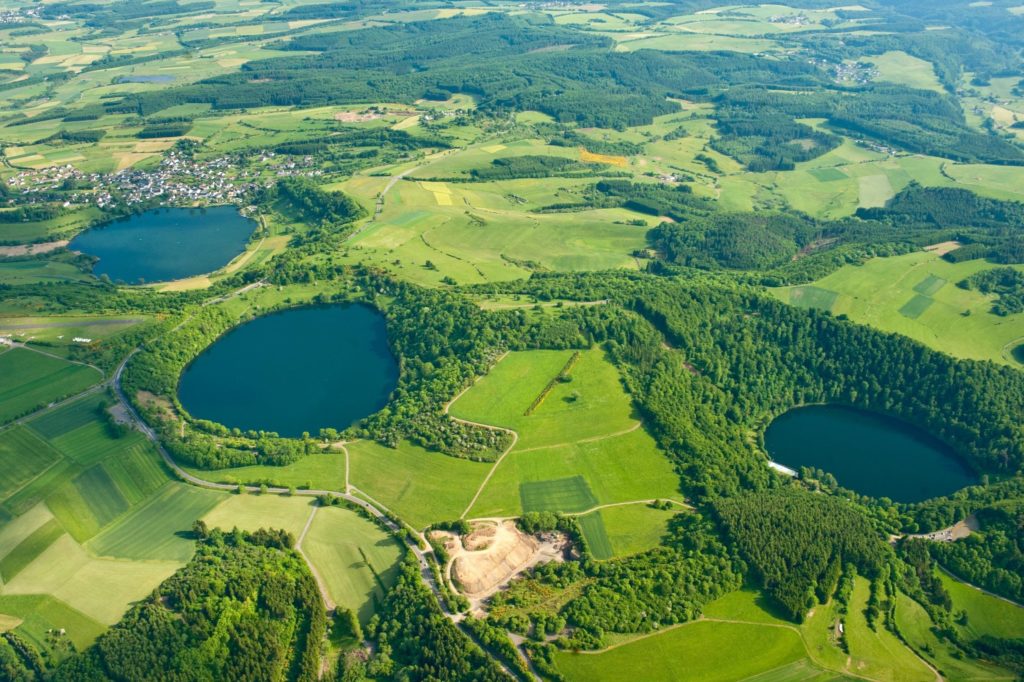 Eifelmaare – volcanic lakes
Eifelmaare – volcanic lakes
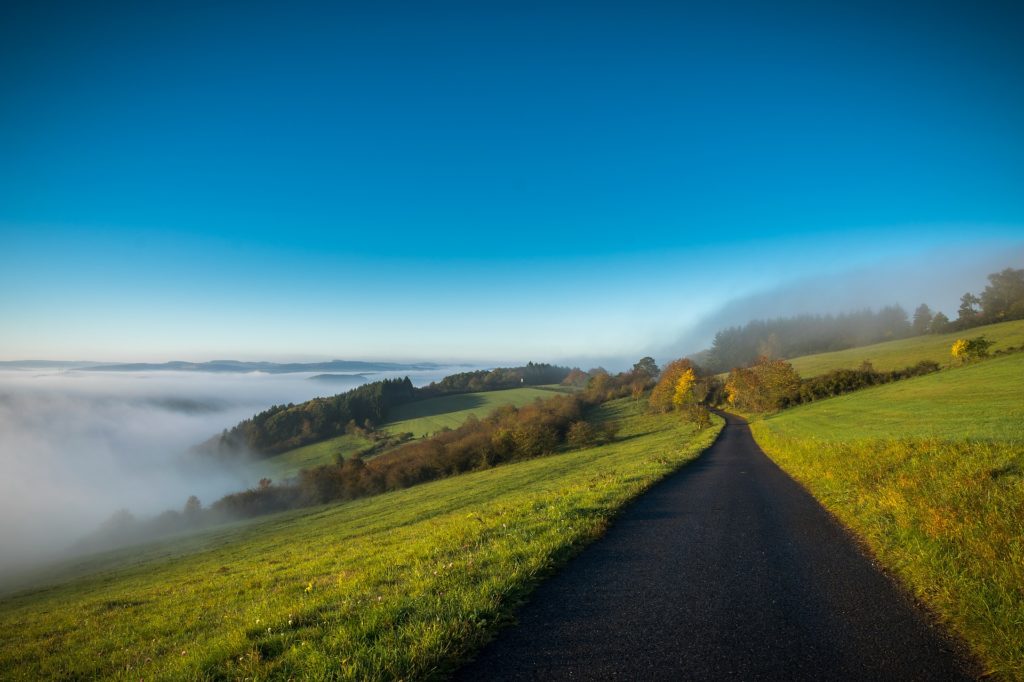
The Volcanic Eifel is the perfect spot to go for long walks in nature. Besides the volcanic lakes you will find small waterfalls and lush green mountains from whence you can overlook the scarce tiny villages. If you come in winter, everything turns into a true winter wonderland. For adventure-seekers, you also have the Nürburgring, a famous car racing track as well as the location of Germany’s largest Music Festival (and one of the largest in the world)—Rock am Ring.
 Winter in the Eifel
Winter in the Eifel

Wine Tourism
Another awesome place to visit is the tiny town of Cochem right at the Moselle River. The town was first mentioned as early as 886 CE and thus, steeped in history. One of the most famous sights is the Reichsburg, a castle on top of a hill with views over the river and the town, dating all the way back to around 1130. But Cochem is not just a great place to visit for its history but also because of the many fantastic wineries. The superb location between the vineyards on the mountains and the Moselle River, paired with tiny quaint wineries alongside the riverbank and in the town’s center, make Cochem a must-visit if you like good wine and even better views. While you are here, try the “Moselfeuer” (Moselle fire), an aperitif made from 31 herbs and roots.
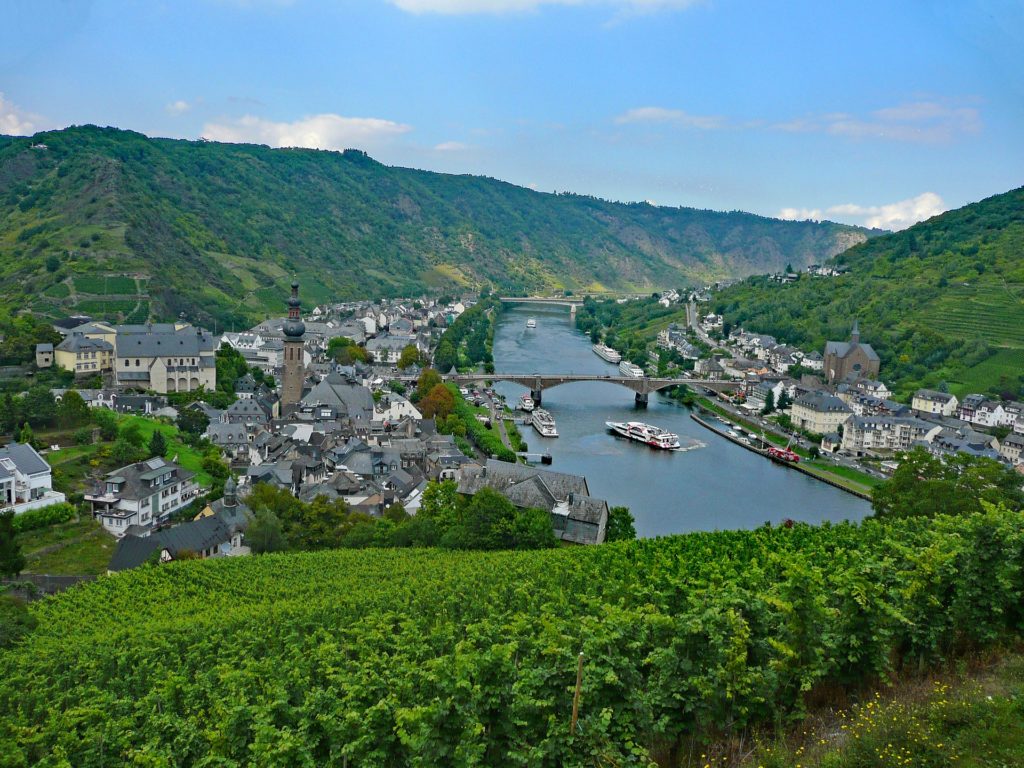
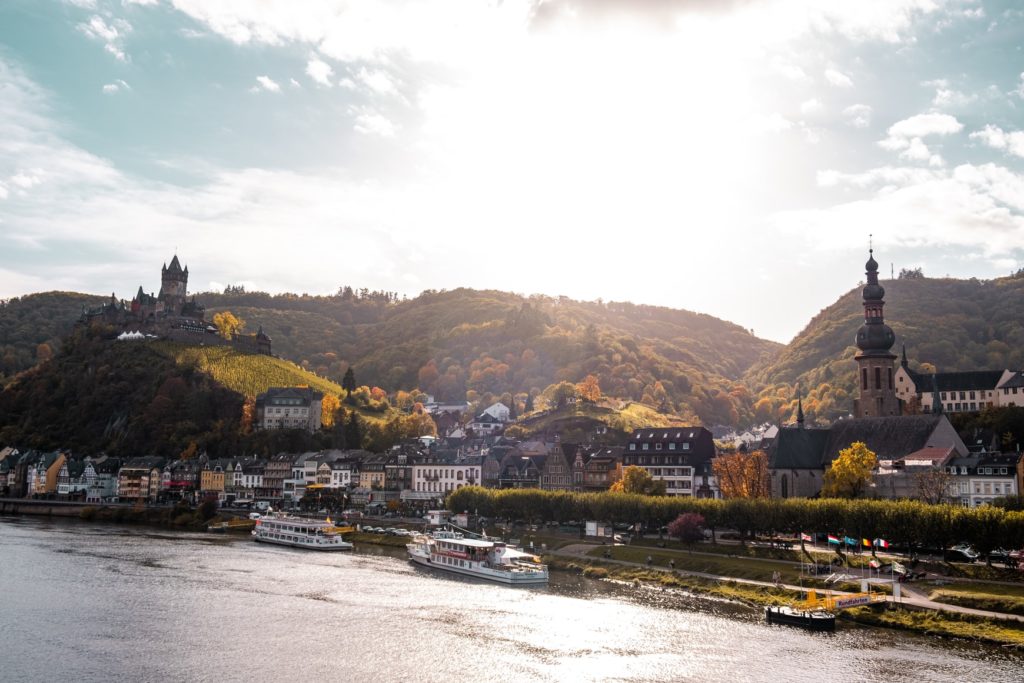
Castles, castles and more castles
Germany is a place full of rich history which becomes clear when you visit one of the many, many castles in the country. In the area surrounding the Volcanic Eifel and its neighboring districts there are also many remarkable and quite well-preserved castles to explore. While you are in Cochem to try some wines you can also take a tour of the aforementioned Reichsburg. Bürresheim Castle as well as Lissingen Castle are also two popular castles to visit close by. They date back to the 12th and 13th century and are two of only three castles in the Eifel that have never been destroyed throughout history. Probably the most famous castle in the regions is Burg Eltz, the third castle that has never been destroyed here. The oldest part of the medieval castle was built in the 9th century and Burg Eltz is still owned by a branch of the Eltz family, meaning the ownership has lasted for thirty-three generations.
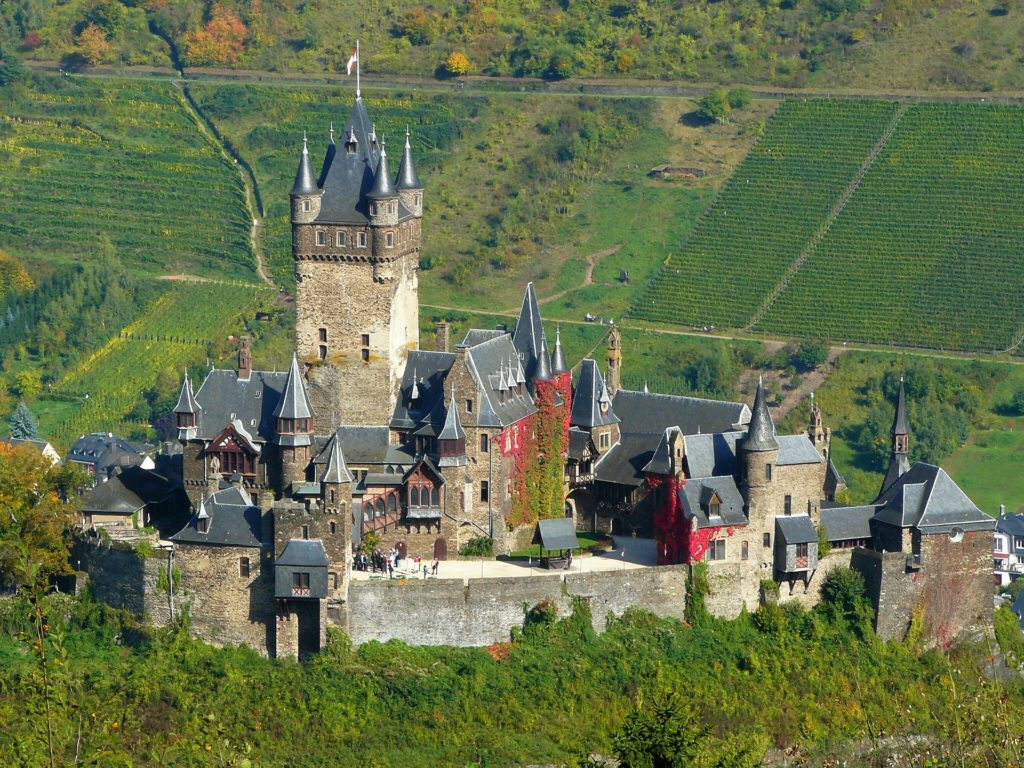 Reichsburg Cochem
Reichsburg Cochem
 Bürresheim Castle
Bürresheim Castle
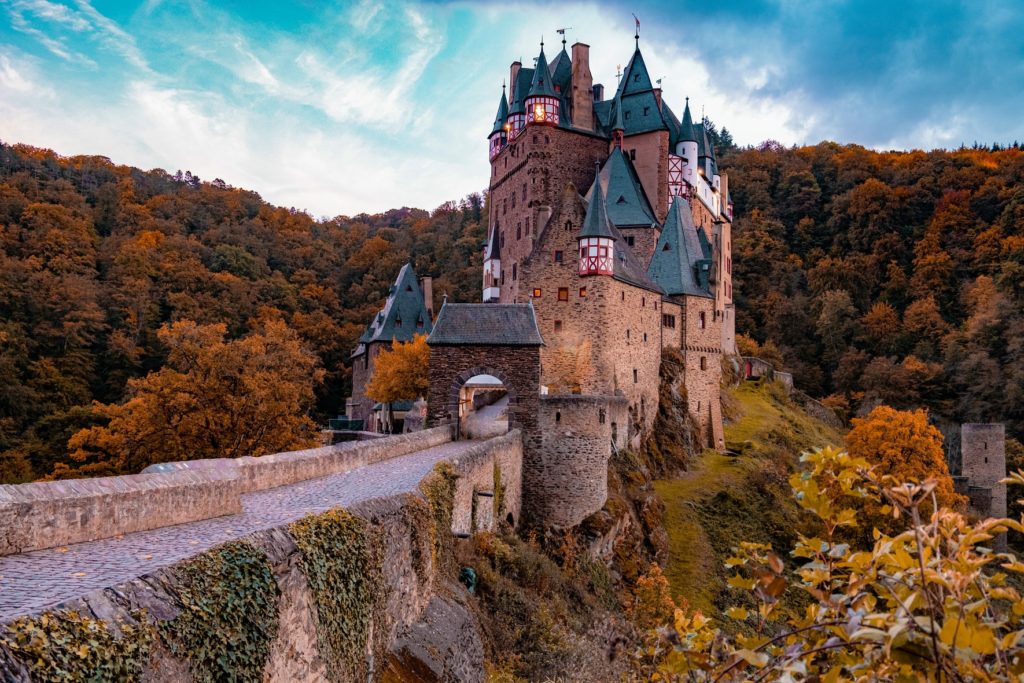
 Burg Eltz
Burg Eltz
Historic cities and tiny villages
Besides the castles there are also some fascinating cities to explore, the most famous one being Trier. Trier is the oldest city in Germany. It’s located at the border to Luxembourg within the Moselle wine region. The city was founded in the late 4th century BCE by the Celts and later gained importance during the Roman Empire. This can be seen by the many still existing ruins from that era, including the Porta Nigra, the best-preserved Roman city gate north of the Alps. Koblenz is another popular city. The 2,000-plus-year-old city is located at the banks of both the Rhine and the Moselle. “Das Deutsche Eck” (The German Corner”) is a famous attraction here and a symbol of the unification of Germany. As previously mentioned, there are also many tiny (and I mean TINY) villages worth visiting. Monreal, the village of timbered houses is one of these places. Less than 800 inhabitants, Monreal boasts beautiful houses, the Elz river dividing the village and the ruins of not one, but two castles.
 Porta Nigra in Trier
Porta Nigra in Trier
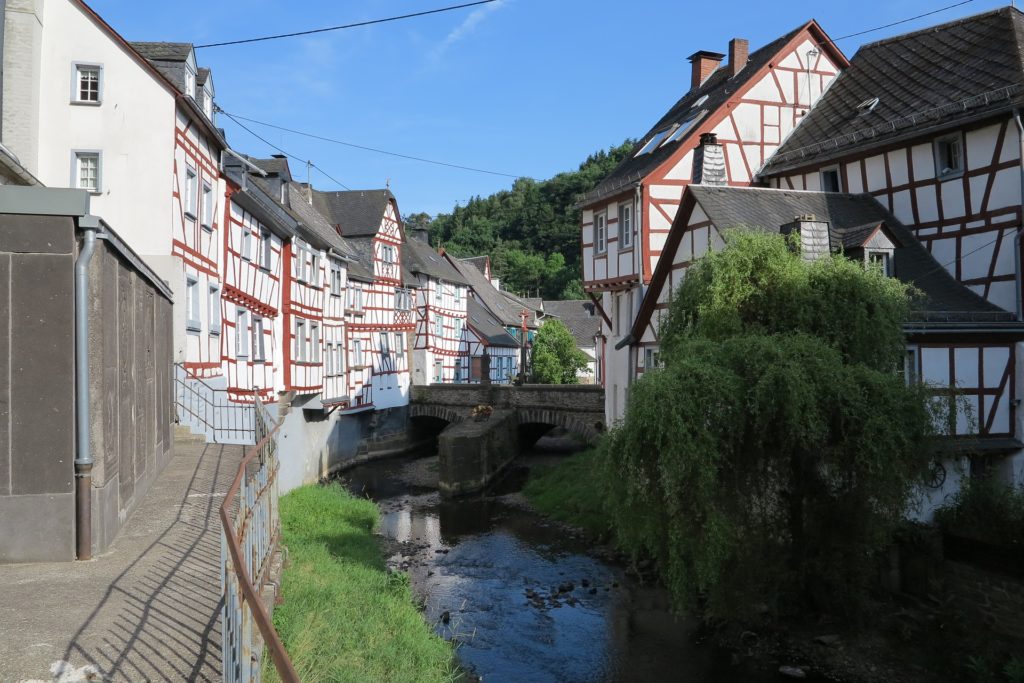 Monreal
Monreal
Whether you are a history buff, nature lover, wine connoisseur, adventure seeker or just want to enjoy some peace and quiet, the Vulkaneifel and the region surrounding it in this western part of Germany will not disappoint. There is something to do for everyone and you will not regret stopping here for a couple of days on your visit to Germany. I truly hope you will enjoy my home and all I can say is: Herzlich Willkommen und viel Spaß! 🙂
Get more like this—Sign up for our daily inspirational newsletter for exclusive content!
___
Photo: Unsplash, Pixabay, GesundLand Vulkaneifel/D. Ketz, Rock am Ring


